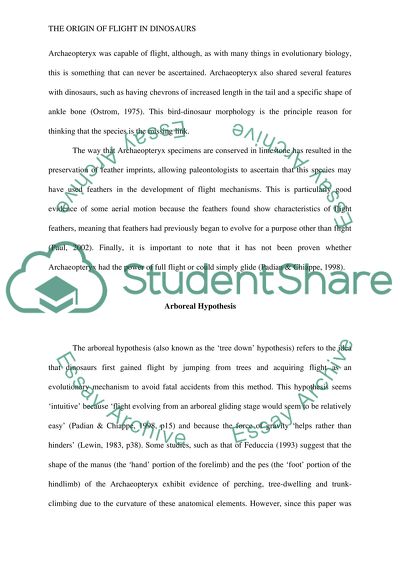Cite this document
(“Origin of flight of dinosaurs Research Paper Example | Topics and Well Written Essays - 2000 words”, n.d.)
Retrieved from https://studentshare.org/family-consumer-science/1415700-origin-of-flight-of-dinosaurs
Retrieved from https://studentshare.org/family-consumer-science/1415700-origin-of-flight-of-dinosaurs
(Origin of Flight of Dinosaurs Research Paper Example | Topics and Well Written Essays - 2000 Words)
https://studentshare.org/family-consumer-science/1415700-origin-of-flight-of-dinosaurs.
https://studentshare.org/family-consumer-science/1415700-origin-of-flight-of-dinosaurs.
“Origin of Flight of Dinosaurs Research Paper Example | Topics and Well Written Essays - 2000 Words”, n.d. https://studentshare.org/family-consumer-science/1415700-origin-of-flight-of-dinosaurs.


